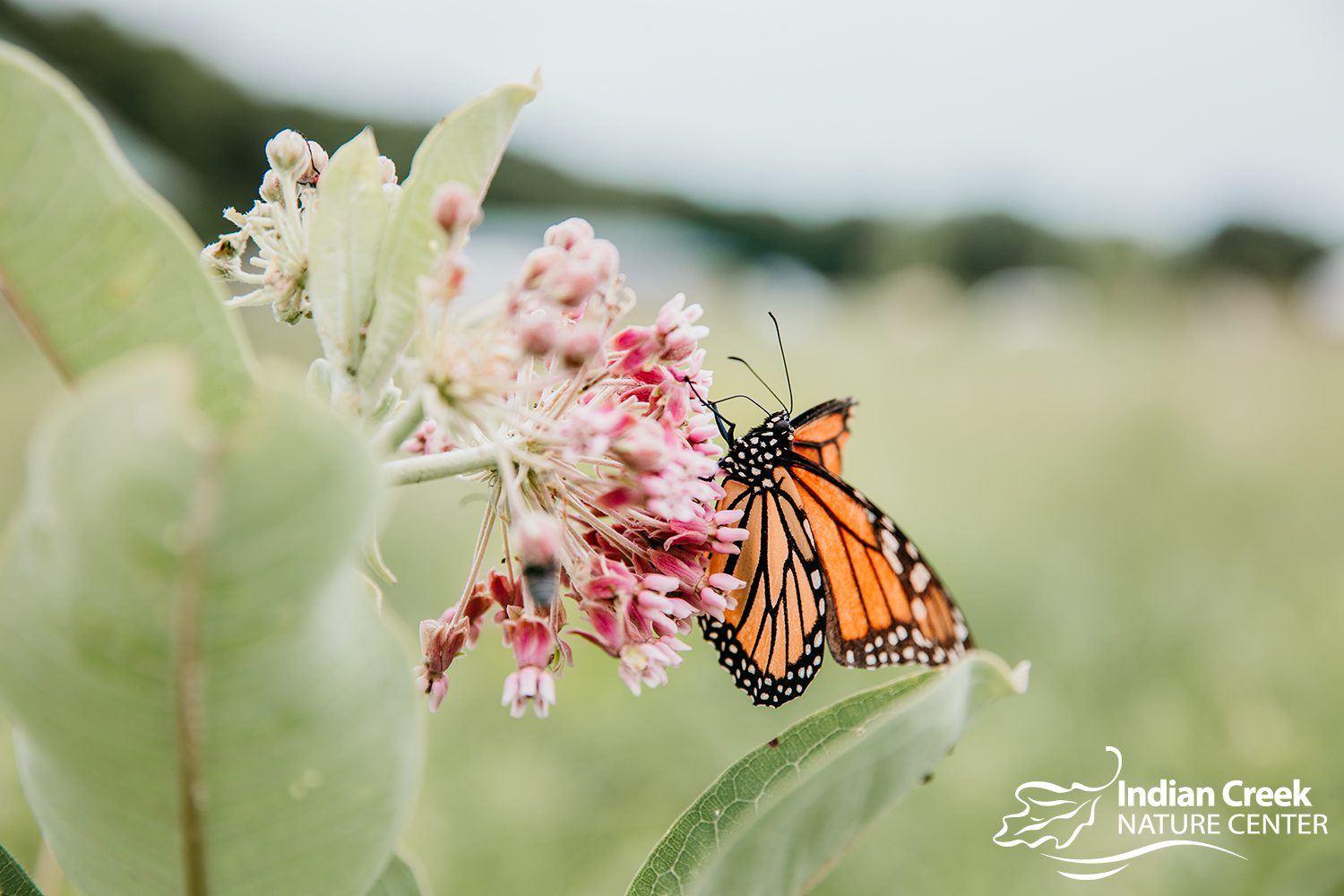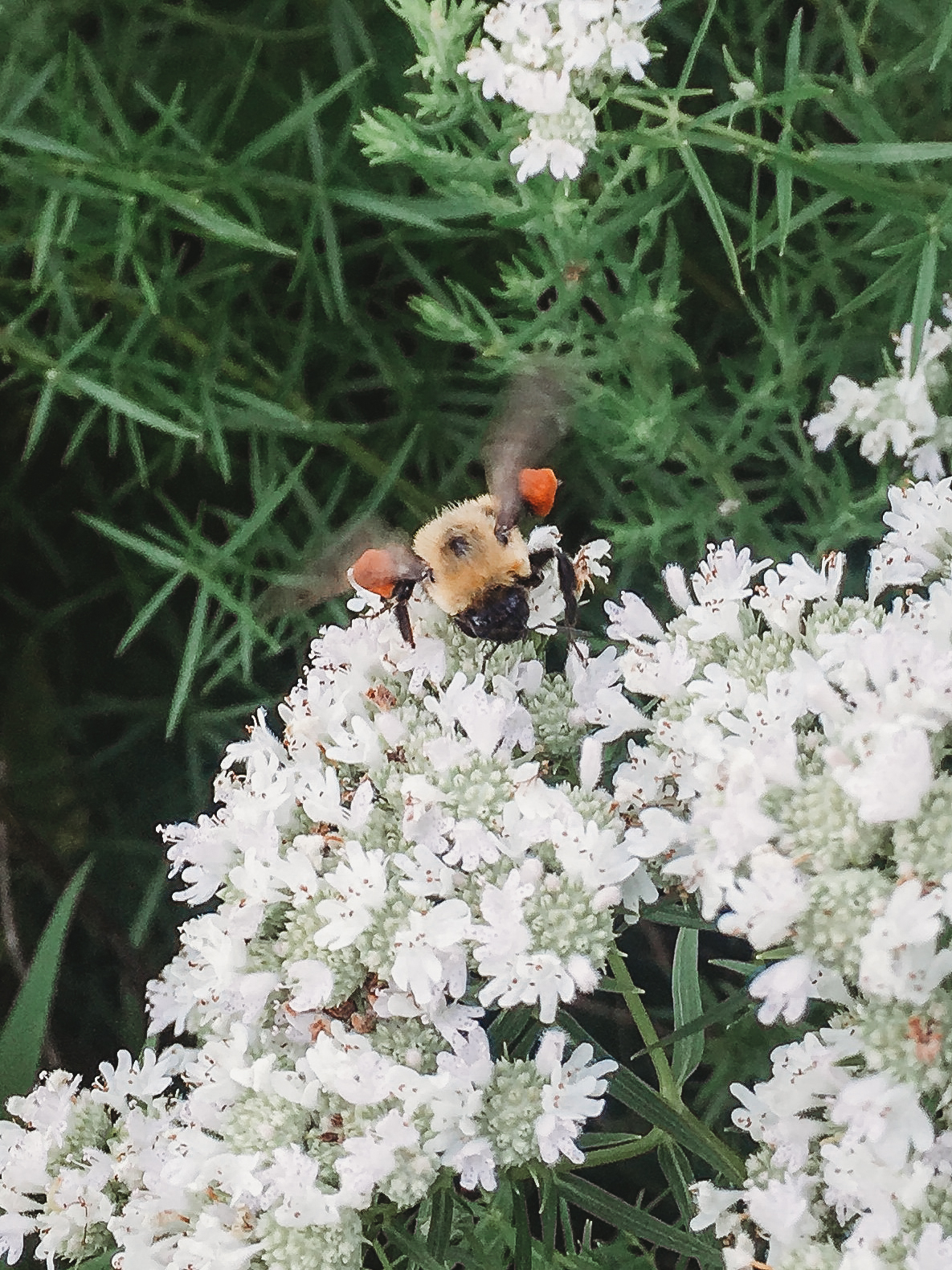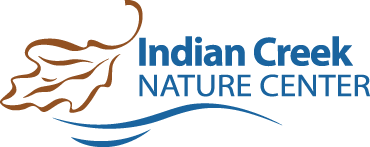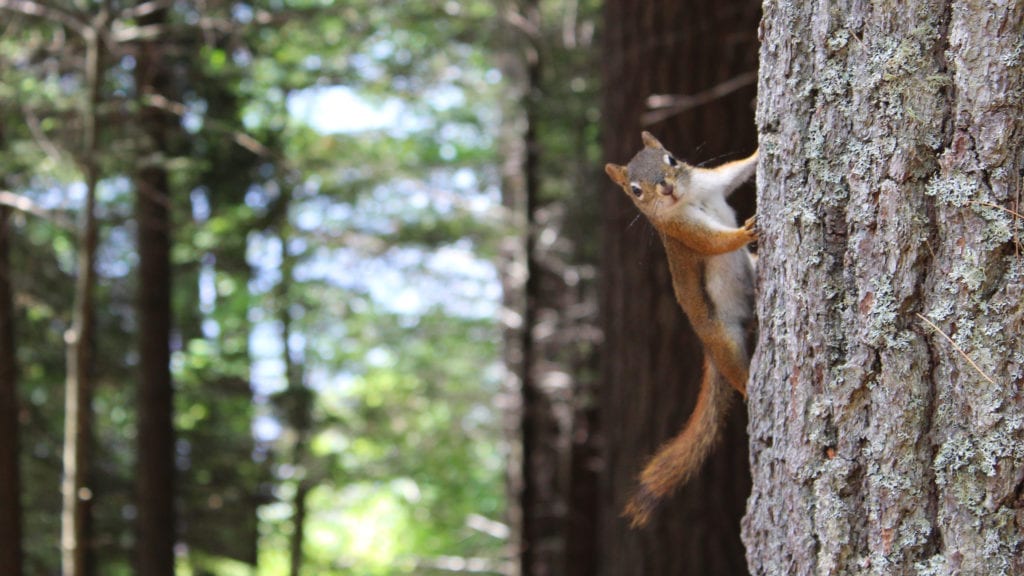
Q: What happened to wildlife during the storm?
A: Generally they would try to take shelter as best they can. Some will be successful, and others sometimes aren’t. One of the main ways wildlife actually gets injured naturally rather than by humans is from being blown out of nests during storms. If you encounter an injured animal, please contact a licensed wildlife rehabilitator. Do NOT take wildlife rehab into your own hands — it’s not legal and despite being well-intentioned, it can lead to further harm to the animal if you don’t know what you’re doing. The Nature Center is not a licensed wildlife rehabilitator.
Suggestions of people to contact: Our list & the DNR’s list of rehabilitators
Q: What about the birds and butterflies?
A: Within 24 hours of the derecho, we’ve noticed several species of butterflies have returned to pollinator gardens. Naturalist Andria Cossolotto says Monarchs have continued to lay eggs on her milkweed at her home, which, despite being flattened in the storm, is now rebounding and partially standing up. At the Nature Center, we take butterfly surveys in late summer where we write down how many and which species of butterflies we are seeing. The last survey was exactly two weeks after the storm and when comparing it to last year’s results of almost the exact same date the numbers and species were very similar. Although this is, by far, not conclusive evidence, it was encouraging.

Plus, it is currently migration season! Several birds and butterflies — including monarchs and hummingbirds — are gearing up for migration. While there has been some disruption to their local habitat, they will be migrating soon and continue to need nectar sources.
Follow the monarch migration here: https://journeynorth.org/monarchs You can also report your own sightings to Journey North and participate in a citizen science!
Hummingbird migration: http://www.hummingbirds.net/migration.html
For information about feeding hummingbirds and placement of the feeders, click here: https://www.audubon.org/news/hummingbird-feeding-faqs
Q: We’ve noticed more bats flying around…how do we keep them out of our house?
A: It’s not surprising we’ve seen more bats around, since they have been disrupted from their habitats. But bats aren’t bad news! Bats are important to our ecosystem and eat insects like mosquitos and moths. It’s estimated that bats provide corn farmers the equivalent of $1 billion in free pest control! However, we know it’s not particularly pleasant to have them in your home. Consider placing a bat house nearby to attract them there instead (more info:https://www.batcon.org/about-bats/bat-houses/) or seal up your home with the help of a bat expert (more info: http://www.animalatticpest.com/batprevention.html or https://naturalresources.extension.iastate.edu/wildlife/bats-around-and-home)
 Q: How can I help wildlife in wake of the storm?
Q: How can I help wildlife in wake of the storm?
A: While there has been a lot of destruction, nature as a whole is not destroyed. There are still animals, habitats and nature still out there — a lot of their habitats just look very different now than what they used to before the storm. Sometimes changes in habitats and nature happen so slowly we may not really notice them, and sometimes they happen very quickly, like the derecho. As people think about rebuilding and replanting, keep nature and wildlife in mind and plant native species.
Consider adding a bird bath, suet feeder, bird seed feeder and hummingbird feeder to your landscape. If possible, place them where they will get afternoon shade. Birds prefer to drink and feed where they feel safe, so place a bird bath and feeders close to shrubs or any remaining trees, if you have them. Even if you leave a few logs, or a standing dead tree if they’re safe to leave, wildlife will use those in a variety of ways. A brush pile near a bird feeder will help attract birds to the feeder.
Other resources:
https://naturalresources.extension.iastate.edu/wildlife/iowa-association-naturalists-publication-series
https://www.thegazette.com/subject/news/iowa-derecho-storm-effect-on-birds-animals-20200831
https://www.audubon.org/news/plant-trees-turn-your-yard-bird-oasis-and-carbon-sponge

